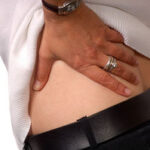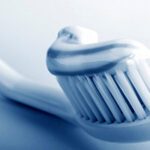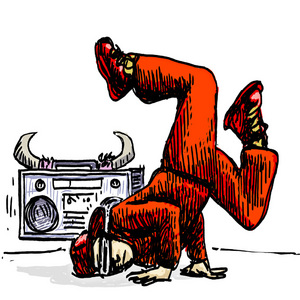If you have temporomandibular joint (TMJ) dysfunction in addition to your regular fibromyalgia pain, you have pain that shoots through your face, jaw, and neck, a jaw that clicks or pops when you open it, stiff jaw muscles, limited movement or locking of your jaw, and a noted change in the way that the upper and lower teeth fit together. You may also notice that you clench your jaw during the day or at night, and you may grind your teeth at night.
TMJ pain can exacerbate headaches and migraines, can cause tooth deformity and can exacerbate tooth decay by causing wear spots.
The myofascial pain (muscle pain) of fibromyalgia often causes the complication of TMJ, but TMJ can appear in people with fibro “on its own.” There are no “tests” per se to diagnose TMJ. Currently, health care providers and dentists take a detailed medical or dental history and examine the area. This may include a physical exam, x-rays, and even certain image studies if recommended. It may seem odd, but it is recommended that you see a general practitioner to rule out other possible causes of the pain before zeroing in on the TMJ as the cause of the problem, because there are many possible sources of face and jaw pain that are not TMJ, including sinus pain and infections, ear aches, various types of headaches, and facial neuralgias.
TMJ disorders are treated in many different ways. Most often recommended are the less-invasive, safe, and conservative treatments. Self care treatments include eating soft food, applying ice packs, avoiding extreme or repetitive jaw movements, learning techniques for relaxing and reducing stress, and practicing gentle jaw stretching and relaxing techniques. A doctor or dentist may also recommend short-term use of over the counter pain medications such as ibuprofen, or even stronger pain medication or muscle relaxers. It will depend on the severity of the disorder and the doctor, and each circumstance will be different.
Your doctor or dentist may also recommend a stabilization splint, an oral appliance worn over the upper or lower teeth, in order to keep you from grinding your teeth at night. This is generally a temporary fix, however, and it should not be worn for so long that it causes any changes in your bite. Also, if it causes or increases pain at any time, see your doctor or dentist as soon as possible.
There are irreversible treatments, but they are not proven to make the problem better, and in many cases make the problem worse, so we will not cover them here. If you think you have a TMJ disorder, in addition to or even without fibromyalgia, see your doctor or dentist as soon as possible!
With fibromyalgia, there are a few additional things to keep in mind. Because TMJ disorders can increase the incidences of headaches and migraines, it is imperative that you learn the relaxation techniques used to treat the jaw muscle. Then use them! They do help the problem, and will decrease your headache issues greatly. They can also help decrease the migraines triggered by muscle tension, and that will be a great help for those people who suffer from migraines triggered by that cause.
Keeping track of your TMJ pain can help make some of your fibro symptoms better, particularly if you are one of the people who suffers from muscular migraines.






